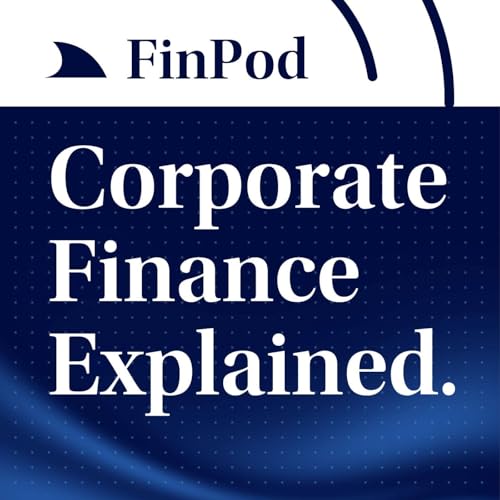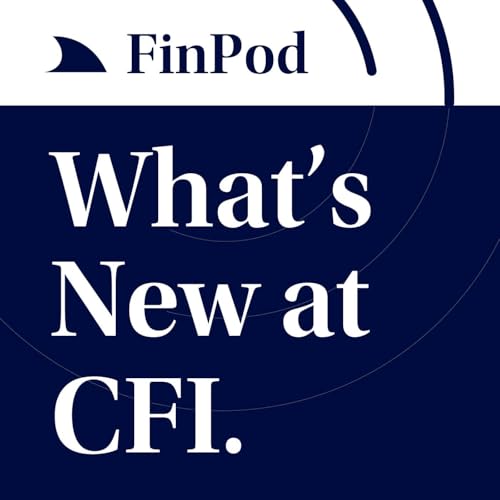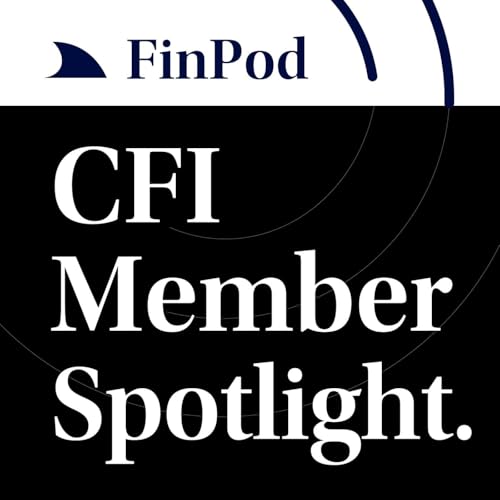If you're a company operating globally, foreign exchange (FX) risk is a significant threat that can instantly erode profits and derail strategic forecasts. In this episode of Corporate Finance Explained on Finpod, we unpack how corporate treasury teams manage this constant volatility, moving beyond simple definitions to explore the strategic calculus of hedging.
We examine three dimensions of FX risk and how a structured hedging toolkit, utilizing forwards, options, and natural hedges, is applied by global firms such as Unilever and Caterpillar to ensure financial stability.
The Three Dimensions of FX Risk
Finance professionals categorize FX risk into three types, each requiring a different management response:
- Transaction Risk: The most common risk, tied to immediate cash flows. The currency rate changes between invoicing and receiving payment (e.g., selling in Euros, collecting fewer Dollars later).
- Translation Risk: A non-cash risk that arises when a parent company consolidates foreign subsidiary financial statements, affecting the reported value of assets/liabilities on the balance sheet.
- Economic Risk: The long-term structural impact on a company's fundamental competitiveness (e.g., manufacturing costs becoming structurally higher due to a sustained currency strengthening).
The Corporate Hedging Toolkit
Treasury teams use a combination of financial derivatives and operational strategies to manage these exposures:
- Forward Contract: Locks in an exchange rate for a future date, providing certainty. Trade-Off: Inflexibility; you miss out on any favorable rate movements.
- FX Option: Gives the right (not the obligation) to transact at a strike price. Trade-Off: Costly Premium paid upfront for the flexibility.
- Currency Swap: Exchanging principal and/or interest payments over a set period. Trade-Off: Complexity and long duration.
- Natural Hedge: Operational strategy to match inflows and outflows in the same currency. Requires C-suite level strategic change (e.g., local sourcing) but avoids derivative costs.
Strategic Insights and Lessons Learned:
- Discipline is Crucial: The cautionary tale of Volkswagen's billion-euro FX losses highlights the danger of crossing the line from risk protection into speculation.
- Mastering the Policy: Companies like Unilever and Caterpillar use a disciplined, integrated strategy: focusing on natural hedges where possible, and using layered financial hedging (e.g., simple forwards for 6-12 months out) for stability, not profit.
- The Hedging Framework: Finance teams do not hedge 100% of exposure. The decision to hedge is based on a three-factor funnel: Materiality (is the exposure big enough to matter?), Predictability (how certain is the cash flow?), and Correlation (do existing natural hedges offset the risk?).
- Constant Currency Disclosure: FP&A teams provide constant currency results to investors, stripping out FX noise to ensure the market understands the core operational health of the business.
 20 m
20 m 25 m
25 m Nov 6 202515 m
Nov 6 202515 m Nov 4 202543 m
Nov 4 202543 m 13 m
13 m 16 m
16 m 16 m
16 m Oct 21 202516 m
Oct 21 202516 m
